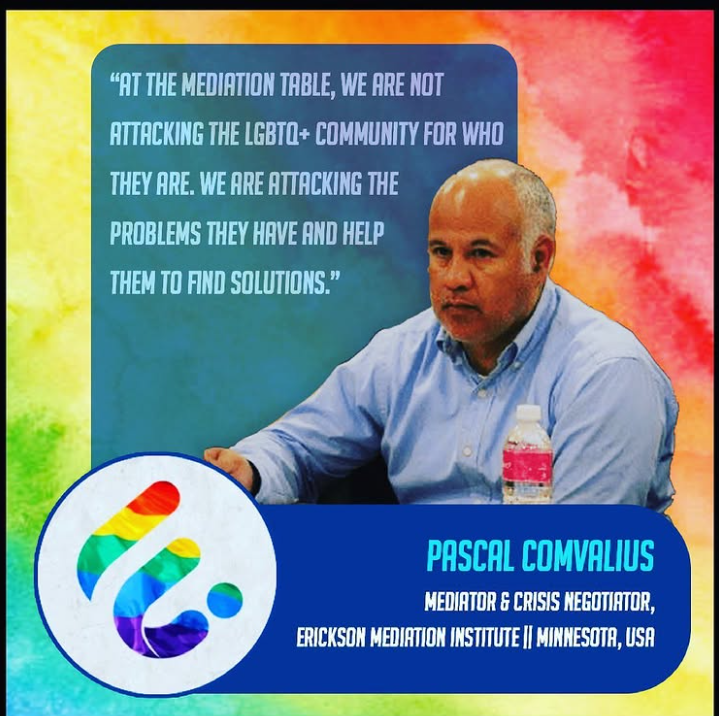8 5 Preparing the investing and financing activities sections of the statement of cash flows Accounting Business and Society
Content Financial Accounting What are operating activities? Accounting for Managers Cash Flow From Investing: Definition and Examples Types of Investing Activities Whether you’re doing accounting for a small business or an international enterprise, cash flow from investing activities is important for a variety of reasons. While a negative cash flow number might send up red flags if it was in the operating section of the cash flow statement, a negative cash flow number in investing activities shows that David is investing in his company. And by keeping cash flow investment activities separate, investors will also be able to see that the core business operations represented in the operating activities section are fine. Calculating cash flow from investing activities is completed automatically if you’re using accounting software to manage and record your financial activities. When analyzing the financing section, just like with investing, a negative cash flow is not necessarily a bad thing and a positive cash flow is not always a good thing. Once again, you need to look at the transactions themselves to help you decide how the positive or negative cash flow would affect the company. The subsequent section is the CFI section, in which the cash impact from the purchase of non-current assets such as fixed assets (e.g. property, plant & equipment, or “PP&E) is calculated. Financial Accounting Apple’s cash flow from investment activities was an outflow of $45.977 bn. Such Operating ExpenseOperating expense is the cost incurred in the normal course of business and does not include expenses directly related to product manufacturing or service delivery. Therefore, they are readily available in the income statement and help to determine the net profit. Cash flow from Investments includes all the transactions involving acquiring and selling long-term investments, property, plants, and equipment. This section also mentions any cash spent on purchases of stocks in other companies from which dividends are earned. These financial statements systematically present the financial performance of the company throughout the year. Mary Girsch-Bock is the expert on accounting software and payroll software for The Ascent. If you\’re using the wrong credit or debit card, it could be costing you serious money. Our experts love this top pick, which features a 0% intro APR until 2024, an insane cash back rate of up to 5%, and all somehow for no annual fee. What are operating activities? As we discussed earlier, we put the purchase price of the truck as an asset on our balance sheet, then we take small amounts as an expense each month as depreciation to spread the expense out over time. If we purchased the truck for $25,000, from a cash perspective, we had a $25,000 outflow, right? So even though the truck goes to the balance sheet, we need to note the entire purchase price on our cash flow statement. Subtract both the $149,000 of debt repaid and $50,000 of dividends paid to arrive at a cash flow from financing activities of $55,000. However, in the case of financial organisations, cash receipts of interest and dividends will be treated as cash flows from operating activities. Figure 12.2 \”Examples of Cash Flow Activity by Category\” presents a more comprehensive list of examples of items typically included in operating, investing, and financing sections of the statement of cash flows. Consider a hypothetical example of Google\’s net annual cash flow from investing activities. investing activities For the year, the company spent $30 billion on capital expenditures, of which the majority were fixed assets. Along with this, it purchased $5 billion in investments and spent $1 billion on acquisitions. The company also realized a positive inflow of $3 billion from the sale of investments. Accounting for Managers Cash flow from investing activities comprises all the transactions that involve buying and selling non-current assets, from which future economic benefits are expected. In other words, such assets are expected to deliver value and benefits in the long run. Investing activities are one of the most important line items reported on a business’s cash flow statement. They can give you insights into how a business might grow in future and earn more revenue. The next section, Section 8.6, brings together the complete statement of cash flows, using the direct method. In the example used in Section 8.3 and 8.4, the financing section included one transaction related to equity, and which decreased cash, for a total net cash flow from financing of $50000. A change to property, plant, and equipment , a large line item on the balance sheet, is considered an investing activity. When investors and analysts want to know how much a company spends on PPE, they can look for the sources and uses of funds in the investing section of the cash flow statement. The second section of the cash flow statement involves investing activities. We will again be chatting about inflows and outflowsas it relates to investments. Cash Flow From Investing: Definition and Examples Identify whether each of the following items would appear in the operating, investing, or financing activities section of the statement of cash flows. By tracking net cash flow from investing activities, businesses can also gain a better understanding of their financial position and make more informed decisions about their investments. This can help them to identify areas where they may need to make changes or adjustments in order to maximize their returns. What investing activities are included in cash flow? Cash flow from investing activities involves long-term uses of cash. The purchase or sale of a fixed asset like property, plant, or equipment would be an investing activity. Also, proceeds from the sale of a division or cash out as a result of a merger or acquisition would fall under investing activities.


